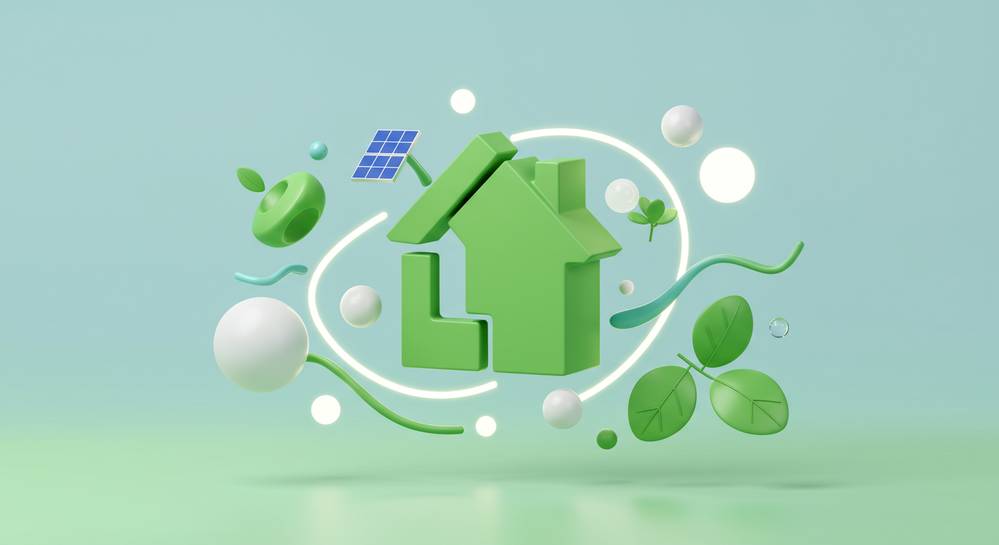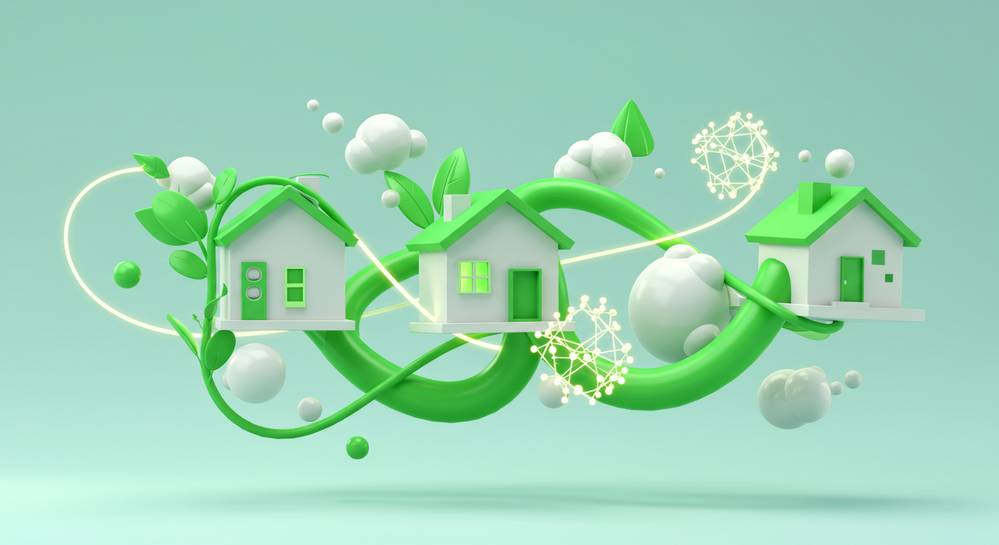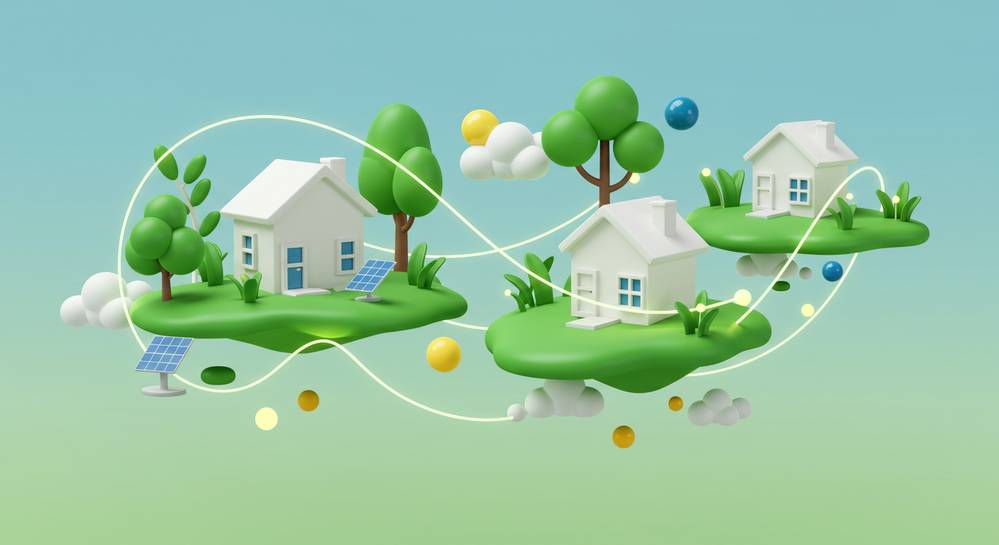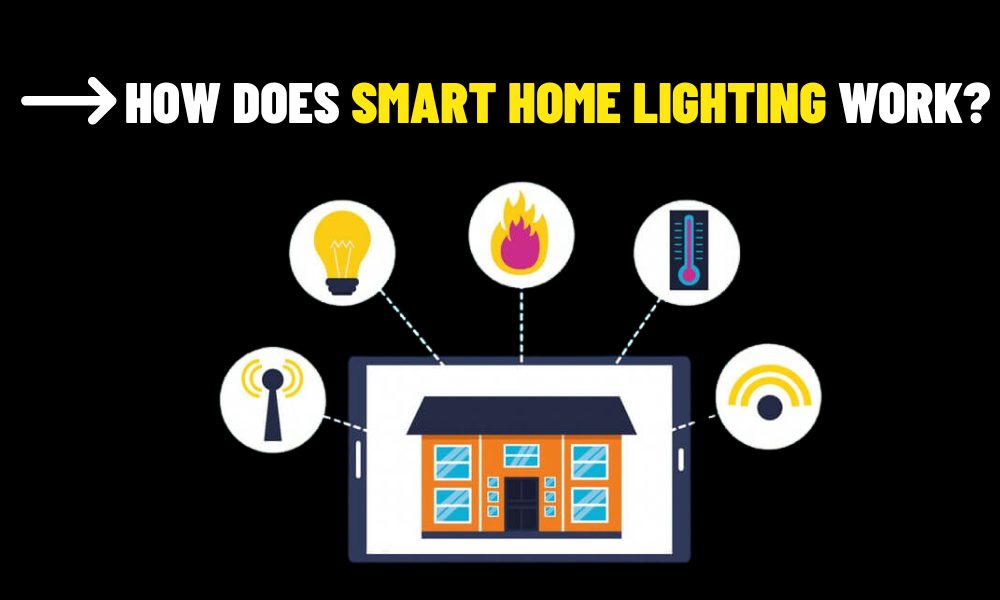The demand for homes that are not only smart but also environmentally responsible is reshaping the real estate landscape. This shift is fueling the development of new sustainable housing projects that blend cutting-edge technology with ecological design. These communities are more than just places to live; they are blueprints for a greener, more efficient future, offering a healthier lifestyle and long-term savings for their residents.
Contents
What truly defines a sustainable housing project

A truly sustainable housing project is built on a holistic philosophy. Many new sustainable housing projects go beyond simply installing solar panels or using recycled materials in isolation. This comprehensive approach considers the entire lifecycle, from initial design to eventual deconstruction. The ultimate goal is to minimize environmental impact while maximizing resident well being and fostering a healthy community. These core principles are integrated from the very beginning of the planning process.
- Energy Lifecycle Management: This extends beyond basic efficiency. The objective is achieving Net-Zero or Net-Positive status, where a building produces more energy than it consumes, often feeding surplus back to the grid.
- Circular Material Economy: Priority is given to locally sourced, reclaimed, or renewable materials like cross-laminated timber. This approach reduces the carbon footprint associated with manufacturing and transportation.
- Integrated Water Systems: Features like rainwater harvesting and greywater recycling for non-potable uses are standard. Landscape design incorporates native, drought-resistant plants to minimize irrigation needs.
- Community and Biophilic Design: These projects promote walkability, access to public transport, and social interaction. Green roofs and shared gardens enhance biodiversity, reflecting key future trends in architecture that improve quality of life.
Key innovations driving green construction

The evolution of green technology is the primary engine behind today’s most advanced sustainable housing projects. These innovations make eco-friendly homes more efficient, affordable, and comfortable than ever before. They represent a fundamental shift in how we build and live, moving beyond simple gestures to deep, systemic changes in construction.
Passive house design principles
This rigorous standard for energy efficiency drastically reduces a building’s ecological footprint. It creates ultra-low energy buildings that require minimal energy for heating or cooling. Key elements include superior insulation, high-performance windows, an airtight building envelope, and a sophisticated ventilation system that ensures constant fresh air without energy loss.
Advanced and recycled building materials
Innovation in materials science has unlocked new possibilities for green building. Cross-laminated timber (CLT) offers the strength of steel with a much lower carbon footprint. Insulation made from recycled materials like denim or cork is now common. We are also seeing the rise of self-healing concrete, pushing the boundaries of circular construction.
Smart grid and IoT integration
Modern sustainable homes are intelligent. They integrate with the smart grid to optimize energy consumption, storing power during off-peak hours and selling surplus back to the grid. Understanding IoT in home automation is key, as these devices allow residents to monitor and control energy usage in real-time, promoting more conscious consumption habits.
Inspiring sustainable projects around the globe
Theory is best understood through practice. Pioneering new sustainable housing projects worldwide serve as living laboratories for design. They prove that eco-friendly living is both beautiful and practical. These communities are the best undefined of sustainability in action, setting the standard for future developments.
Schoonschip in Amsterdam, Netherlands
Schoonschip is a floating residential community and a benchmark for circular urban development. This neighborhood uses a shared smart grid and closed-loop water systems. This innovative design creates a highly self-sufficient and resilient community.
Punggol Eco-Town in Singapore
On a larger scale, Punggol is Singapore’s first eco-town. This high-density public housing project integrates nature with urban living. It boasts centralized cooling, smart energy management, and extensive green corridors for biodiversity and natural cooling.
BedZED in London, United Kingdom
The Beddington Zero Energy Development (BedZED) is a pioneering UK carbon-neutral community. Though completed in 2002, it remains an influential model. It features passive solar design and a biomass power plant, reducing car dependency through smart urban planning.
The tangible benefits of living in a sustainable community

Choosing to live in one of the new sustainable housing projects offers more than just environmental consciousness. It provides tangible, long-term advantages that directly enhance the lives of residents. These benefits improve daily quality of life, generate significant financial savings, and contribute to a healthier, more secure future for everyone in the community.
- Reduced Utility Costs: Superior energy efficiency, on-site renewable energy, and water conservation systems lead to significantly lower monthly bills. Residents often see major savings on electricity, heating, and water expenses.
- Healthier Living Environment: The use of non-toxic, natural building materials and advanced ventilation systems creates better indoor air quality. This can reduce allergies and respiratory issues for inhabitants.
- Enhanced Comfort and Resiliency: These homes maintain a stable and comfortable indoor temperature year-round. They are also designed to be more resilient to climate change impacts like power outages or water shortages.
- Stronger Community and Connection to Nature: With an emphasis on shared green spaces, walkability, and community gardens, these projects foster a stronger sense of belonging and provide daily opportunities to connect with nature.
The movement towards sustainable housing is more than a trend; it is a necessary evolution in how we build our future. These projects demonstrate that we can create homes that are not only environmentally responsible but also healthier, more affordable, and better connected. For the latest insights on green building and smart home technology, stay updated with Dwelling Tech Trends.


